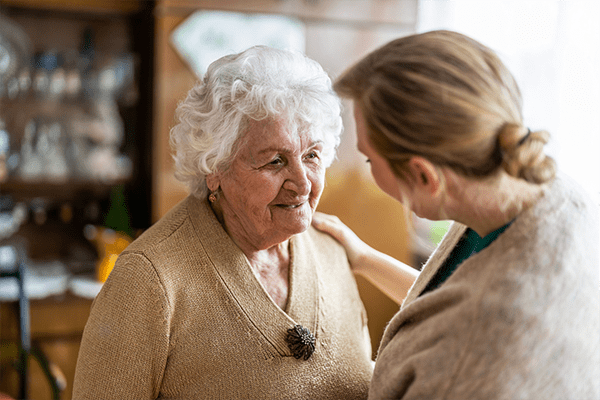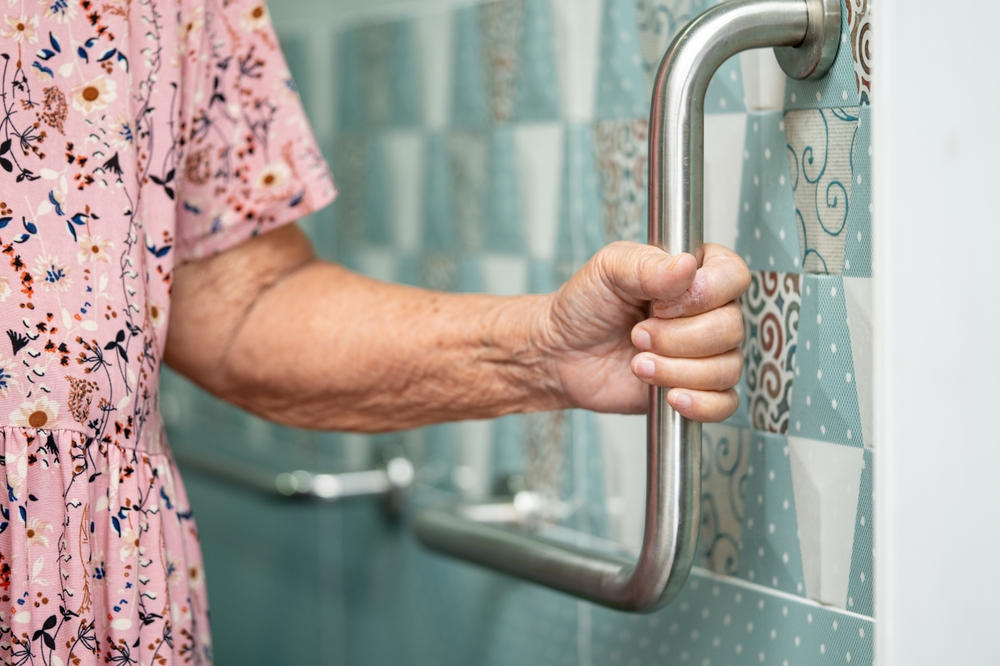Ensuring fall safety is a crucial aspect of home care, especially for family caregivers who are dedicated to creating a safe environment for their loved ones. One of the key elements in achieving a safer home is through effective furniture arrangement for fall safety. By strategically placing and organizing furniture, you can significantly reduce the risk of falls, which is vital for both the elderly and children. In this article, we will explore various strategies and tips to help you arrange furniture in a way that promotes safety, while still maintaining a comfortable and aesthetically pleasing environment.

The Importance of Fall Safety
Falls are a leading cause of injury, particularly among the elderly. According to the [Mayo Clinic](https://www.mayoclinic.org/healthy-lifestyle/healthy-aging/in-depth/fall-prevention/art-20047358) (nofollow), fall prevention is a critical part of healthy aging. Fall-related injuries can lead to significant health issues, long recovery times, and even a loss of independence. Therefore, taking proactive measures to prevent falls is essential. Family caregivers play a pivotal role in this process, as they can make necessary adjustments in the home environment to safeguard their loved ones.
Assessing Your Living Space
Before you begin rearranging furniture, it’s important to assess your living space. This involves identifying potential fall hazards and understanding the flow of movement within each room. Consider the following:
- Are there any loose rugs or carpets that could cause tripping?
- Is there adequate lighting throughout the home?
- Are pathways clear and unobstructed?
By answering these questions, you can pinpoint areas that need improvement and develop a plan for furniture arrangement that enhances fall safety.
Creating Clear Pathways
One of the fundamental principles of furniture arrangement is to ensure that pathways are clear and easily navigable. This means avoiding clutter and strategically placing furniture to allow for free movement. Consider the following tips:
- Arrange furniture in a way that provides ample space between pieces.
- Keep commonly used items within easy reach.
- Ensure that pathways are well-lit to prevent accidents.
Choosing the Right Furniture
The type of furniture you choose can also impact fall safety. Opt for pieces that are sturdy and stable. Avoid furniture with sharp edges, as these can cause injuries during a fall. Additionally, consider the height of furniture. Low seating options may pose a challenge for individuals with mobility issues, while excessively high furniture can be difficult to navigate.
Securing Loose Items
Loose items, such as throw rugs and electrical cords, are common tripping hazards. To enhance fall safety, it’s important to secure these items. Use non-slip pads under rugs and ensure that cords are properly tucked away. Additionally, consider using furniture anchors to prevent heavy items from tipping over.
Lighting and Visibility
Adequate lighting is crucial in preventing falls. Ensure that all areas of the home are well-lit, especially staircases and hallways. Consider installing nightlights in key areas to provide visibility during the night. Motion-sensor lights can also be beneficial, as they automatically turn on when movement is detected.
Adapting to Changing Needs
As individuals age, their mobility and needs may change. It’s important to regularly reassess the home environment and make necessary adjustments to maintain fall safety. This may involve rearranging furniture, adding assistive devices, or making structural changes to the home.
Implementing Assistive Devices
Assistive devices can enhance safety and independence for individuals with mobility challenges. Consider installing grab bars in bathrooms, using non-slip mats in showers, and providing walking aids, such as canes or walkers, to those who need them.
Engaging in Fall Prevention Activities
In addition to furniture arrangement, engaging in fall prevention activities can further reduce the risk of falls. Activities such as [Tai Chi](https://motions.living/tai-chi-for-balance-and-fall-prevention/) (dofollow) are known to improve balance and coordination. Encouraging regular exercise can also enhance strength and stability.
Conclusion
In conclusion, furniture arrangement for fall safety is a crucial aspect of creating a safe home environment. By assessing your living space, creating clear pathways, choosing the right furniture, securing loose items, and considering lighting and visibility, you can significantly reduce the risk of falls. Regularly adapting to changing needs and engaging in fall prevention activities further enhances safety. As family caregivers, taking these proactive measures ensures the well-being and independence of your loved ones.

FAQs
Q1: What are the common causes of falls in the home?
A1: Common causes include loose rugs, poor lighting, cluttered pathways, and unstable furniture.
Q2: How can I make my home safer for elderly family members?
A2: You can rearrange furniture to create clear pathways, secure loose items, improve lighting, and install assistive devices.
Q3: Are there any exercises that can help prevent falls?
A3: Yes, exercises such as Tai Chi, which improve balance and coordination, can help prevent falls. Regular physical activity enhances strength and stability.
This article contains affiliate links. We may earn a commission at no extra cost to you.






